by Trinket Constantino
Trinket Constantino writes about WBCP’s latest partnership with the Philippine Eagle Foundation. WBCP members Trinket Constantino, Adri Constantino, and Pete Simpson held a 2-day training seminar on Birdwatching and Bird Tour Guiding at the Philippine Eagle Center in Davao for a diverse group of enthusiastic and knowledgeable participants.
The club’s working relationship with the Philippine Eagle Foundation (PEF) has gone back a long way, ever since the very first Philippine Bird Festival which was held in 2005. This partnership eventually led to the successful co-hosting of the first Asian Bird Fair (which was also the 6th Philippine Bird Festival) in Davao City in 2009, and has recently extended into holding a 2-day training seminar on Birdwatching and Bird Tour Guiding. The workshop is part of a series of Seminars on Skills Development Training on Basic Tour Guiding for Improving Competitiveness in Tourism. The main sponsors for the workshop are the Philippine Eagle Foundation, the Asian Development Bank, the Department of Tourism and the Canadian Government. It was held at the Philippine Eagle Center (PEC) at the Malagos Baguio District in Davao City last August 8-9.
Adri (Constantino) and I flew in from Quezon City to help facilitate the seminar together with Davao-based WBCP member Pete Simpson. We were all excited to interact with the various participants from different professional backgrounds and affiliations. A total of 48 participants from Davao City, Davao Oriental and even Cotabato joined the workshop. Included in the participant list were forest guards, LGU staff, Bantay Kalikasan volunteers, PEF volunteers and staff, high school and university students. The objective of the seminar was to prepare several partners of the PEF and stakeholders in birdwatching-based ecotourism at various PEF field sites and also to encourage more civil society participation in conservation education.

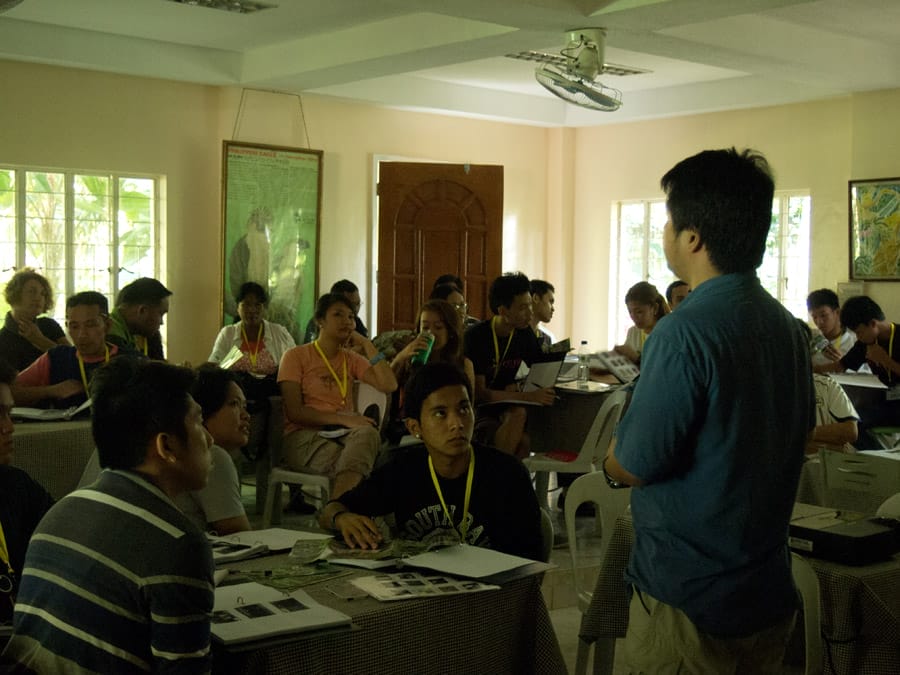
The consciousness of conservation and field experience of the audience members was apparent from the beginning. When asked what the significance of “watching birds” was, many of the audience members immediately answered that it was important to observe birds to determine whether their numbers were declining and to indicate any environmental degradation! Many in the audience, especially the forest guards and the PEF field staff, had also already seen the Philippine Eagle in the wild. Many were not only aware of, but familiar with the varied avian species that blessed the Mindanao landscape
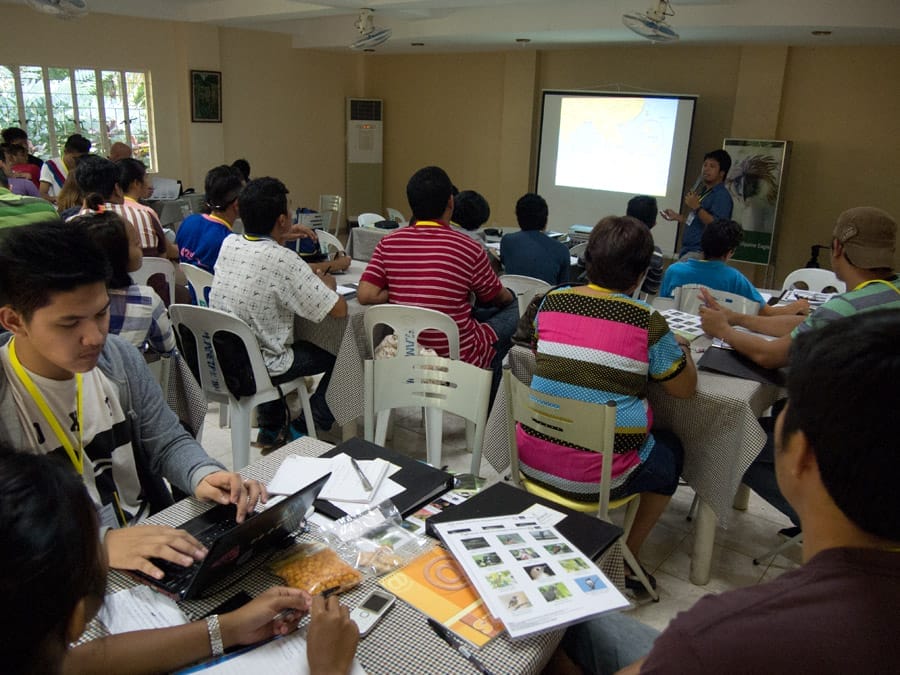
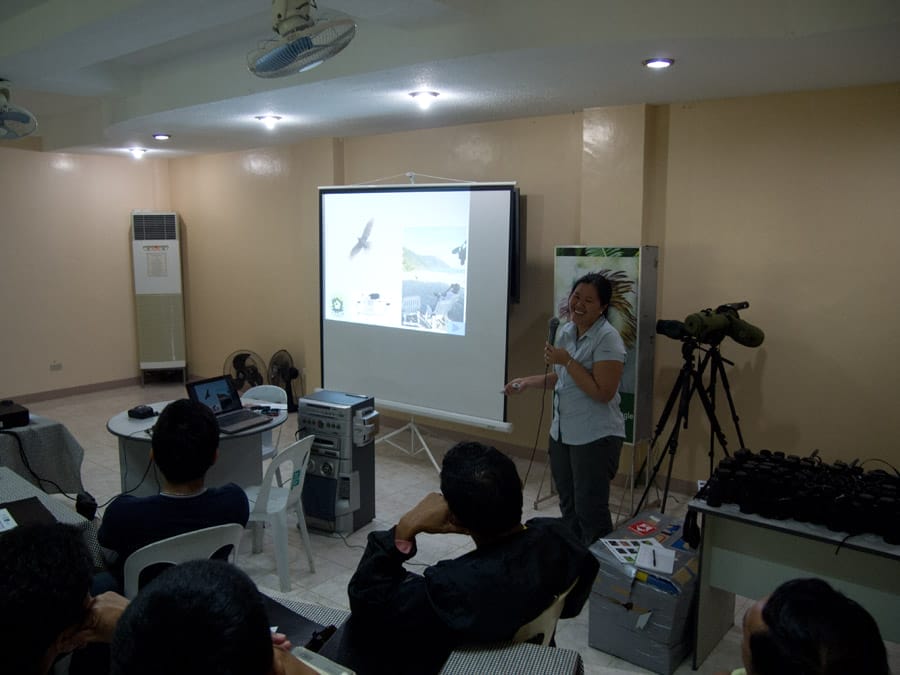
The second day of the workshop was off to an even earlier start with a second birdwalk. The schedule was to start at seven, but as early as 630am, the participants were already gathering at the pond area and spotting several birds! Early in the morning, the flowerpeckers, Colasisi, bulbuls, kingfishers, sunbirds and White-eared Brown Doves were already very active in the trees around the PEC! The large group was again split into two as with the previous day. Pete’s group (which I was also a part of) walked around the PEC enclosures and got to see more sunbirds, flowerpeckers, White-eared Brown Doves, Black-naped Monarchs and even a Coucal and a pair of Brown Tit Babblers! When we listed down our birdlist as part of the group trip-report writing activity, we came up with a total of 34 species of birds seen and heard! During the evaluation, one of the comments which came up was that the participants would have wanted more time for actual birdwatching.

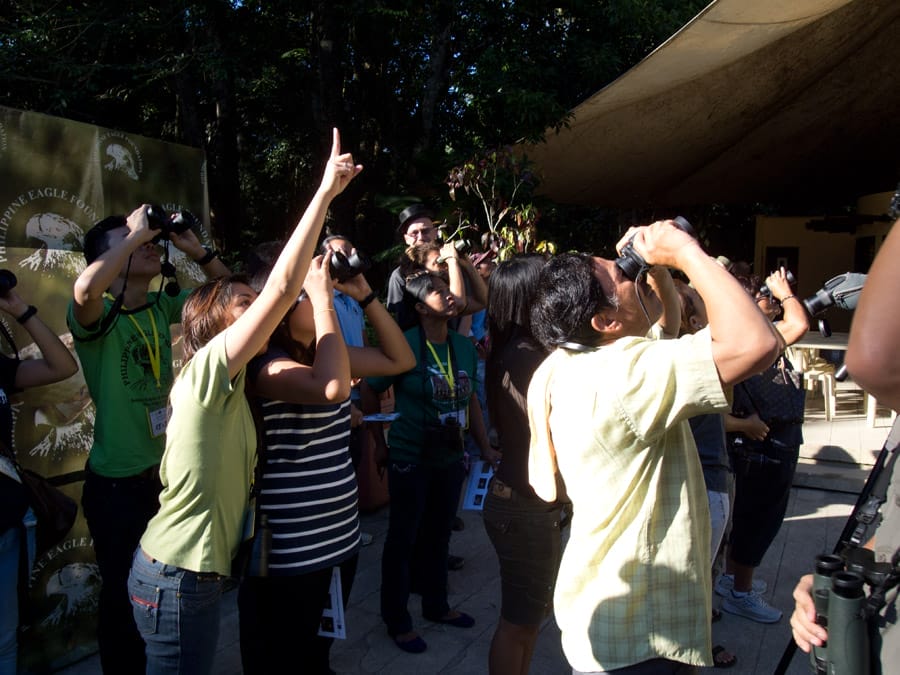
The lectures on the second day revolved around the role of birding in conservation and ecotourism. Adri and I discussed these topics, using as examples the various partnerships the club has had with LGUs, NGOs and private institutions. A short reminder on the Wildlife Act was also brought up and this garnered a lot of comments and questions. We also presented the bird club activities which targeted at education and citizen science: the bird festivals, the guided walks, the Asian Waterbird Census and raptorwach. The raptorwatch was especially interesting to the participants, with the LGU particpants form Manay, Davao Oriental even pulling up a topo map on their tablet to discuss the possibility of Manay being on the flyway! Adri also gave a very comprehensive lecture on the possibilities of Davao being a top birding destination, including the importance of identifying sites for birdwatching and building infrastructure. He compared the various popular birding sites all over the Philippines and the pros and cons of each. This was immediately followed by a small group activity which comprised an analysis and planning session.The seminar ended with each of the groups presenting their planning output, including resources, success indicators, timelines and fund sourcing. The sharing of each group was a great way to end a productive workshop.


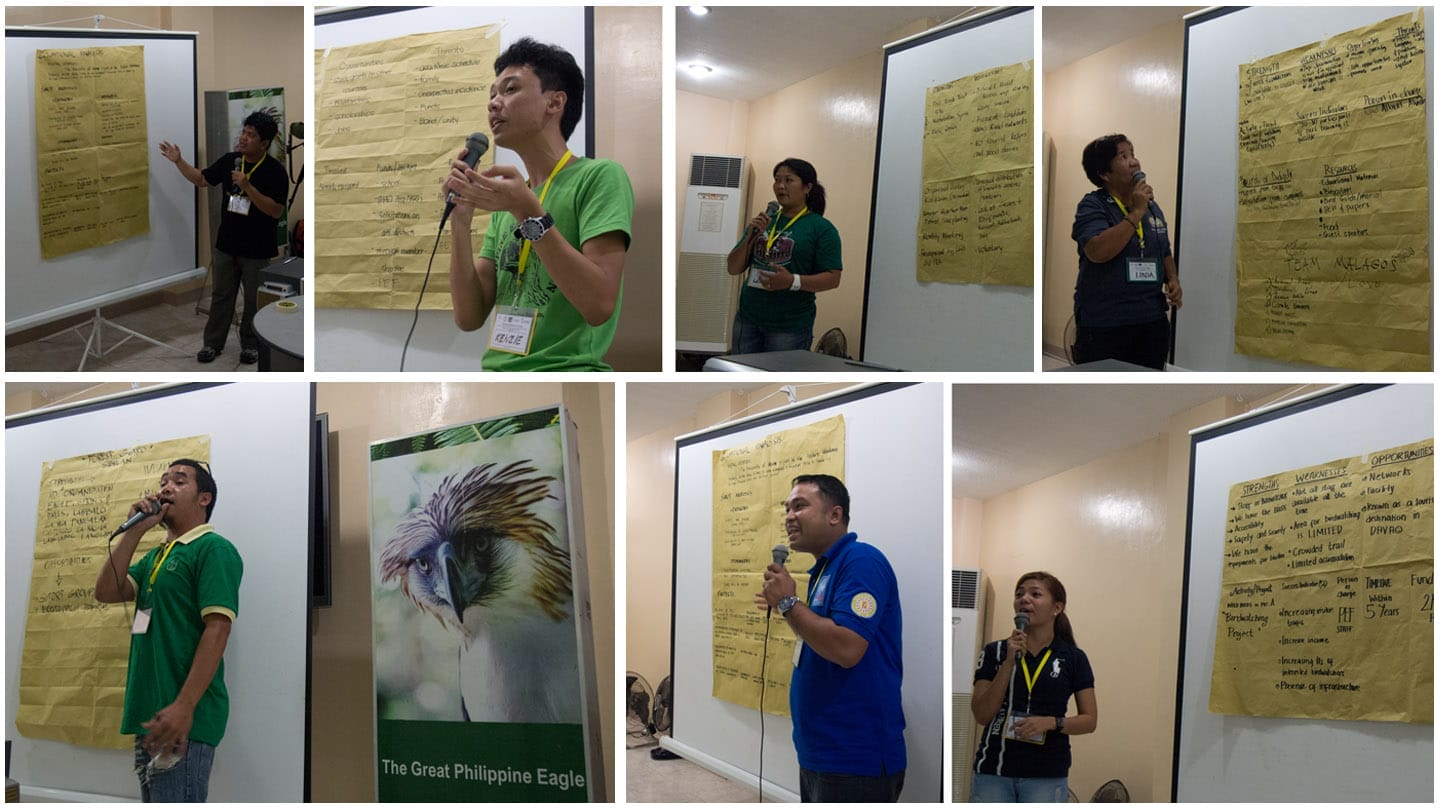
A side goal of the workshop was to be able to recruit more Davao-based members to the bird club and Pete is already planning to hold public guided walks around Davao in the next few months. The Execom approved handing over a few binoculars to help Pete in facilitating these guided trips.Many thanks to the PEF Director Dennis Salvador for inviting the WBCP to design the modules and facilitate the straining seminar. Thanks also to the PEF staff who took care of all the logistics for the seminar and to seeing to all our needs. Hopefully the WBCP partnership with the PEF continues to be productive and that we will help each other in achieving our goals of education, conservation and participation.

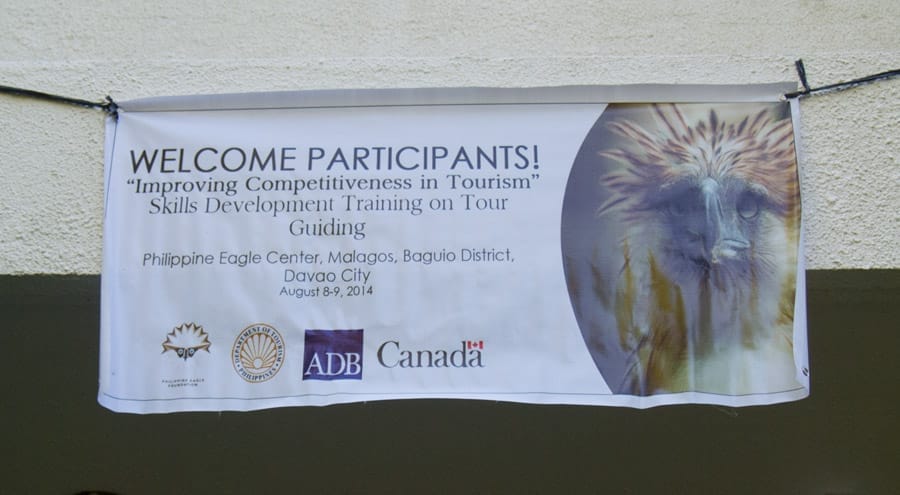
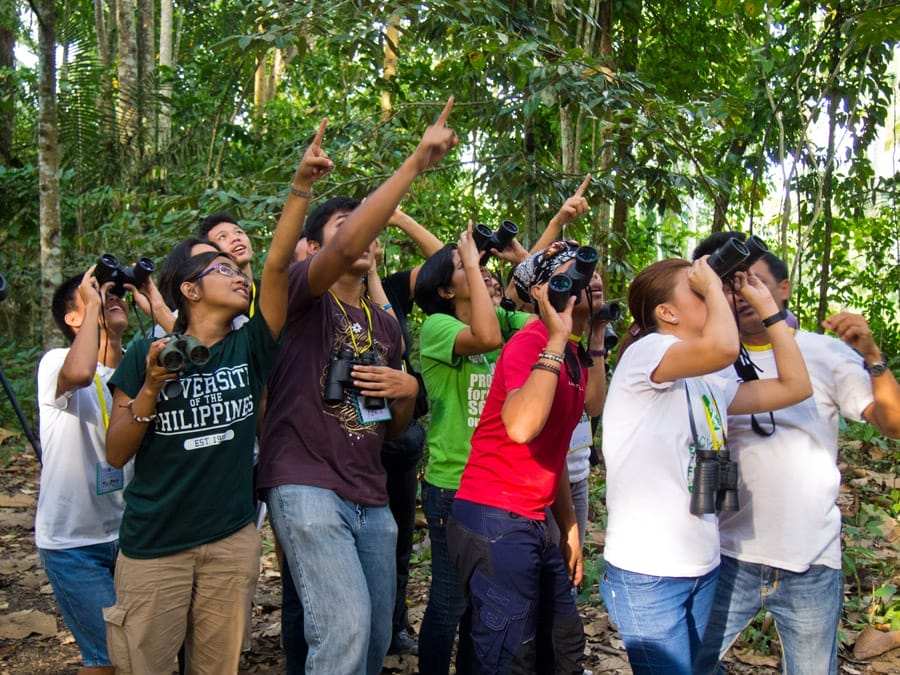

Pingback:October 2014 | e-BON